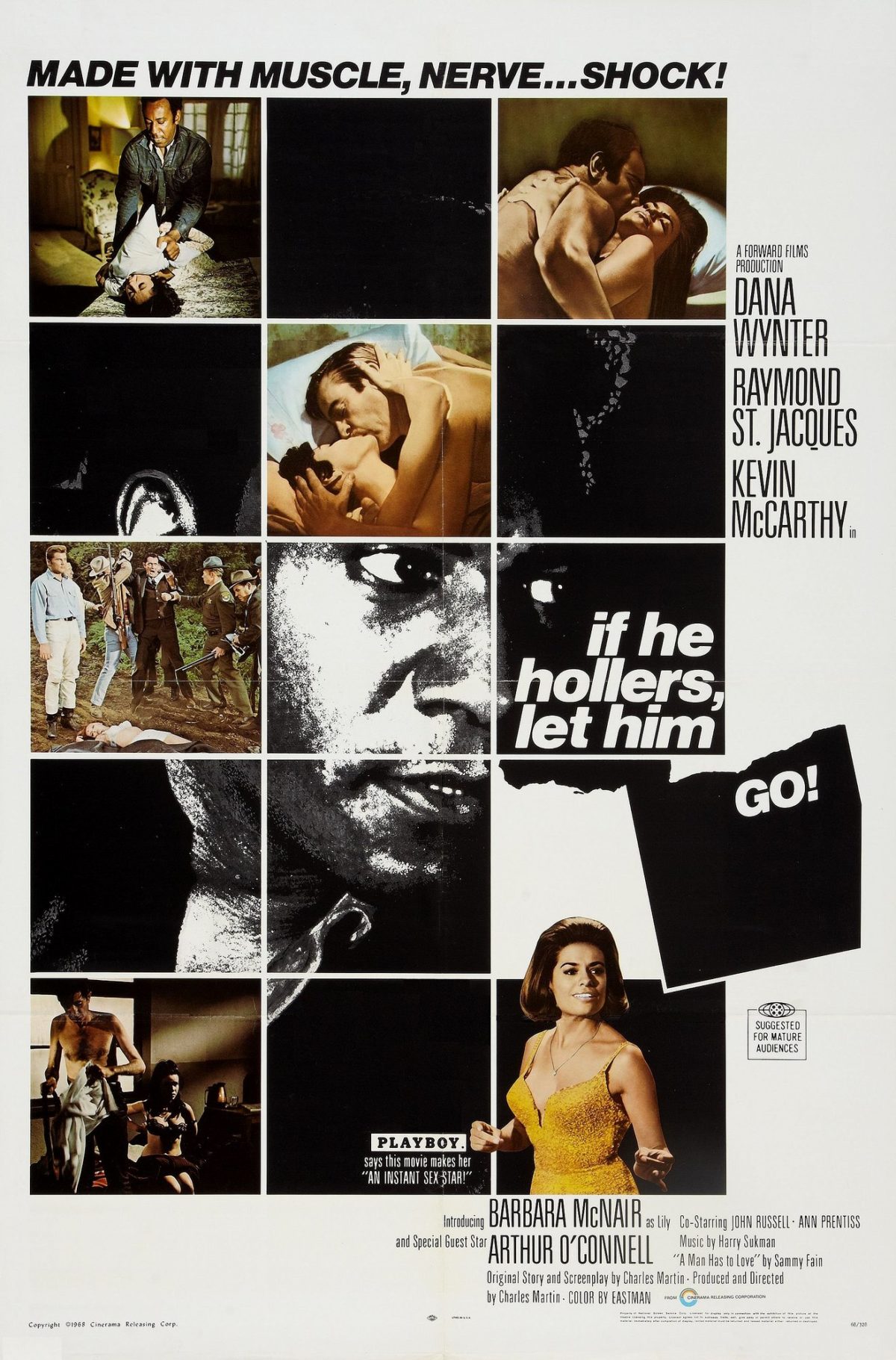In this final blog for class, I wanted to write about my experience and the topic of my paper. While the majority of the works we have read have been dominated by the male perspective, I was constantly intrigued by the women in the stories being caught between lives, and never being allowed to be comfortable in their own skin. The stories from the beginning of the course had the least developed woman characters that fit into the femme fatale description perfectly. They were dangerous women who tried to take advantage of the men they came across only to be bested by a real man when he caught wind of her devious plans. In an attempt to raise up the male dominance, the sexual power afforded to a woman was always stripped away from her, in the end, by the superior man. Her femininity was subverted and presented as a tool she could never effectively wield. As we progressed through time, the women began to be more developed characters, but they remained subordinate to their male counterparts. Women like Blanche had to deal with fighting against the patriarchy while subsequently upholding its values in order to survive. Because of this, she was forced to learn to use her stature as a black woman to move in and out of the limelight of society. This invisibility allowed her to operate as a detective within the shadows, but rendered her helpless against a few bounced checks caused by her unfair employers. Blanche fully accepted her blackness, perceiving herself as the night girl, but some of the other women we encountered could not so easily accept themselves as black women in a white world, especially when their skin allowed them a peek into the comfort that the white world enjoyed. The first person we see who struggles with being caught between two worlds is Alice, who is a light enough black woman to be mistaken for white. She has the opportunity to become something she is not if she sheds who she truly is, and that idea may be enticing when living in such a prejudiced world, but it is quite the act of self-hatred to turn against who you truly are. A similar character is Daphne, who we met in the final novel of the course. She was so traumatized by her childhood experiences and society itself that she had to completely separate herself into two identities. Daphne, the beautiful white woman who could ruin your life with a single kiss and Ruby, the abused black girl unwanted by men both black and white. The psychological damage that arises from such experiences is enormous, but these things are never explored in these stories because there are only men at the forefront. In my final paper, I hope to explore that female psyche a little more and all the components that make her up into the very shallow mirage we get in the stories of our noir fiction.
One thought on “The Femme Fatale Facade”
Comments are closed.

The entire genre is so informed by ideas towards sex and gender dynamics, one has to wonder ho0w some of these authors feel about men/women in general. I think that’s been one of the most interesting aspects of this course: tracking depictions of female characters over time and seeing how they’ve developed or evolved within the genre. In the future of noir, I wonder how directly authors will confront the genre’s history of sexism and violence towards women. Blanch on the Lam was refreshing for allowing its narrative to focus on the female perspective; I hope to see more of that.